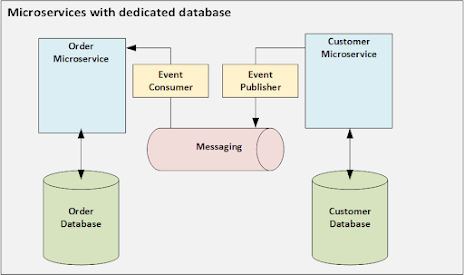In the world of software development, terms like "bug," "error," and "issue" are often used interchangeably. However, there are subtle differences between these terms that can be important to understand, especially when communicating with other developers or stakeholders. In this article, we'll explore the differences between these three terms and how they relate to software development.
A. Bug:
A bug is a defect or flaw in the software that causes it to behave in an unintended way. This can result from a coding mistake or a problem with the software's design. Bugs can range in severity from minor glitches to major issues that prevent the software from working at all. They are typically discovered during testing or after the software has been released and are often fixed by the development team through a software update or patch.
B. Error:
An error is a mistake made by a programmer during the coding process. Errors can be syntax errors, where the code does not conform to the language's rules, or logic errors, where the code does not perform the intended function. Errors can occur during development or after the software has been released and can lead to bugs or other issues. Programmers can use debugging tools to identify and fix errors in their code.
C. Issue:
An issue is a problem or challenge that arises during the software development process. Issues can include bugs, errors, or other obstacles that affect the software's functionality, performance, or usability. Issues can also arise from external factors, such as hardware or network problems. Tracking issues is an important part of software development, as it allows developers to identify areas for improvement and ensure that the software meets the needs of its users.
In summary, bugs, errors, and issues are all related to software development, but they represent different aspects of the process. Bugs are defects in the software that cause unintended behavior, errors are mistakes made during the coding process, and issues are problems or challenges that arise during development. Understanding these differences can help developers communicate more effectively and improve the quality of their software.
Learn more


